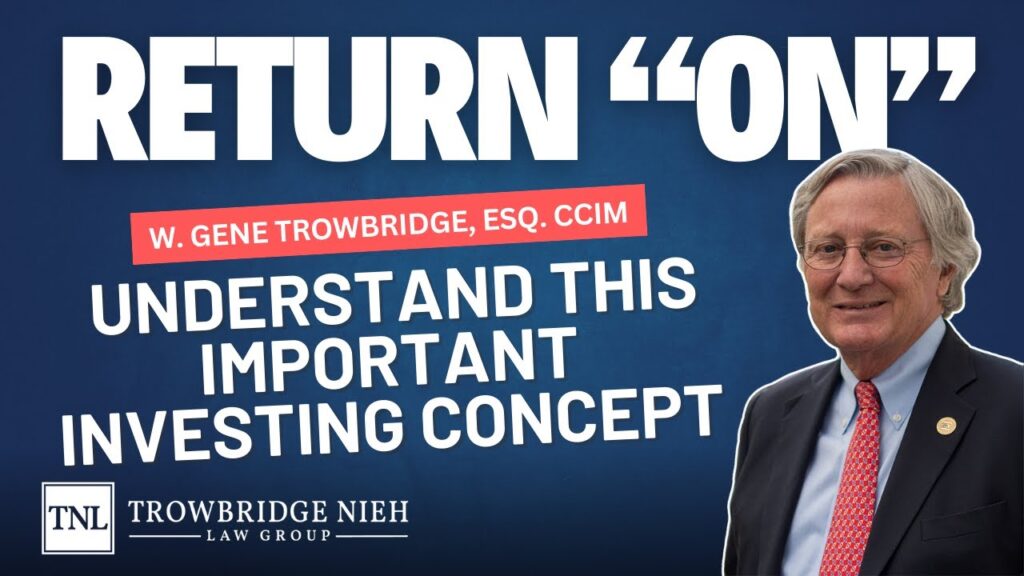Gene Trowbridge, Esq. CCIM explains what real estate managers and investors should know about the tax consequences of passives losses in this video from the Trowbridge Nieh LLP youtube channel.
What are Passive Loss Rules?
The IRS has defined two types of income: passive and active. Passive income is something that you’ve invested in that you don’t have day-to-day responsibility over, while active income is something like your W-2 income or income from a business you actively manage. The passive loss rule states that losses from passive activities may only offset income from passive activities.
How do Passive Loss Rules Work?
In the video, Gene describes the concept using a basket approach. There is a passive basket where all passive losses and income are placed to determine if they can offset each other. If there is passive income at the end of the year, it is reported. Conversely, if there is a passive loss from the year’s activities, it is suspended. Typically, everything balances out at the time of sale. During a sale, the income is usually higher, calculated as the sale price minus the basis and costs, resulting in passive income. This passive income is then added to the passive basket and matched against any suspended losses to offset it.
Remember, passive losses can only be used on passive income, but that doesn’t mean they are lost forever.
– Gene Trowbridge, Esq. CCIM
Conclusion
Passive loss rules can be complicated but understanding them is crucial for investors in syndications and crowdfunding. If you have any questions about your syndications or if you are a syndicator and you’re looking for a law firm to represent you, contact Trowbridge Nieh LLP for a free consultation with an attorney.




